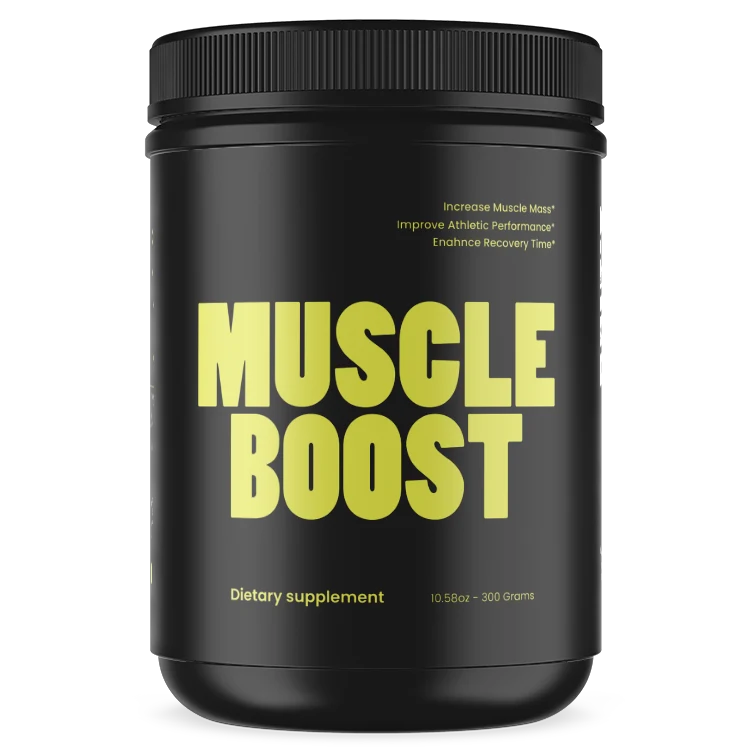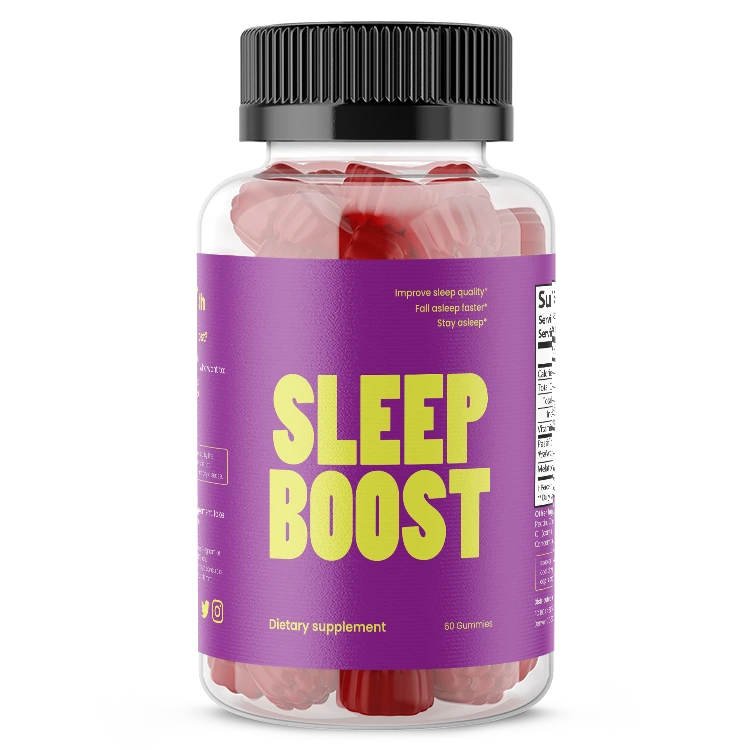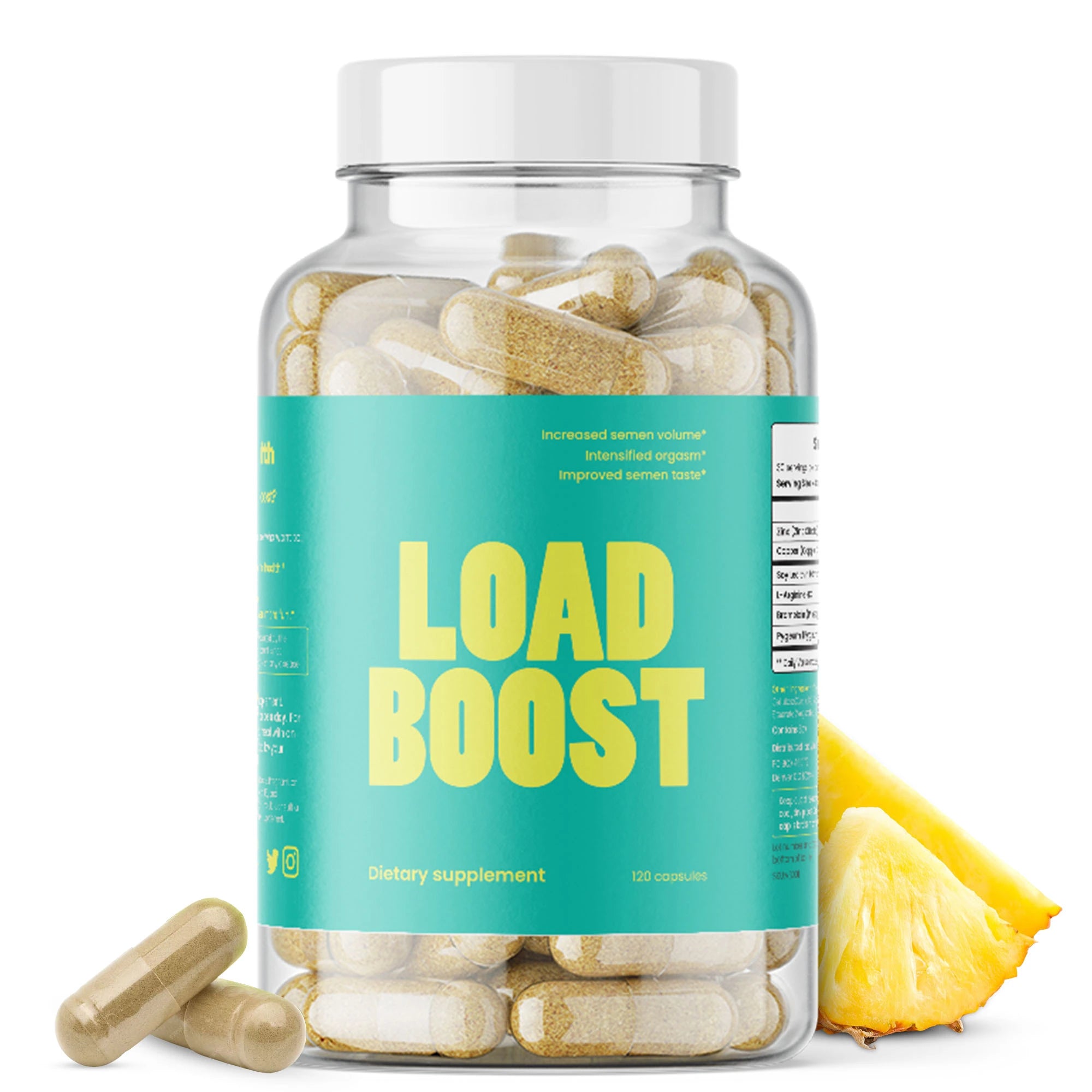Creating a comfortable and pleasurable sexual experience for your partner is essential for a fulfilling sexual relationship. One crucial aspect of this is ensuring adequate vaginal lubrication, commonly referred to as making her "wet". This article will explore scientifically-backed methods to help increase vaginal wetness.
What Is Vaginal Lubricant?
Vaginal lubrication is a fluid naturally produced by the body. It can be made of cells from the cervix and vagina, bacteria, mucus, and water It is always present in the vagina, but its production increases significantly near ovulation and during sexual arousal, in anticipation of sexual intercourse. This lubrication is essential for reducing friction during sex, thereby making sexual activity more comfortable and enjoyable (1).
Supplements For Vaginal Wetness
Aside from staying hydrated there are supplements that can assist in vaginal wetness. The vaginal probiotic supplement Soaking Wet is effective in improving natural lubrication. Soaking Wet provides three essential probiotics: Lactobacillus Rhamnosus, Lactobacillus Crispatus, and Lactobacillus Gasseri.
There are also natural remedies for vaginal dryness, including consuming electrolytes, avoiding smoking and drinking, and taking a daily multivitamin.

Understanding Female Arousal
Sexual arousal in women comprises two components: genital arousal and subjective arousal. Genital arousal involves physiological changes like genital vasocongestion in response to sexual stimuli, while subjective arousal refers to mental engagement during sexual activity. It's important to note that these two types of arousal might not always be synchronous. For some women, genital sensations are crucial for subjective arousal, while others might not rely on these cues. Understanding this can help in tailoring approaches to increase arousal and, consequently, vaginal lubrication.
Promoting Relaxation and Comfort
Creating a relaxing and comfortable environment is key to enhancing arousal. Stress, anxiety, and discomfort can hinder sexual arousal and reduce vaginal lubrication. Focus on setting a mood that is conducive to relaxation, such as a comfortable setting, soft lighting, and ensuring privacy. Additionally, open communication about preferences and boundaries can significantly increase comfort and trust, which are crucial for arousal.
Enhancing Foreplay
Foreplay is not just a preamble to intercourse but a vital part of the sexual experience that directly impacts vaginal wetness. Extended foreplay can significantly increase arousal, leading to natural lubrication. This includes not just physical stimulation but also verbal and emotional connection. Pay attention to her responses and preferences, and be willing to explore different types of stimulation, such as oral sex, manual stimulation, or use of sex toys (2).
Utilizing Lubricants
While the goal is to increase natural lubrication, using artificial lubricants can be an effective and immediate solution. Lubricants can enhance sexual pleasure and reduce discomfort during intercourse. A systematic review by the World Health Organization (WHO) found that lubricant use led to improved female sexual well-being and reduced pain during intercourse. Lubricants are widely available and can be used during or prior to sex to improve sexual health and well-being (3).
Conclusion
Increasing vaginal wetness is a multifaceted process that involves understanding female arousal, promoting relaxation, enhancing foreplay, and utilizing lubricants when necessary. Every woman's response to sexual stimuli is unique, and what works for one may not work for another. Like with most problem solving in a relationship, open communication, patience, and a willingness to explore are key to happiness.




